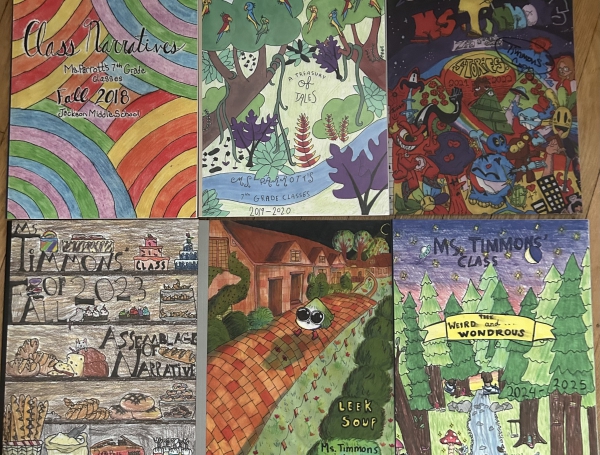

Getting More Out of Classroom Textbook Reading: The Secret is in Engagement
November 12, 2018
Most teachers depend on textbook reading to provide the backbone of their subject matter to students. But, how many times have you tried to teach your class using the textbook, only to discover that the material was not absorbed by the students? It either goes in one ear and out the other (in classroom readings done aloud), or only a small fraction of the class actually reads silently, (and can accurately remember), the material well enough to pass a quiz over it!
If you are not getting students engaged in the reading, they will most likely not learn the material; and, then, will be unable to score well on a classroom or state test. The secret to getting the most out of the textbook is in engaging students.
Students must have a reason to want to read and a reason to retain it. As much as you or I would like the student to have the same interest in the subject matter as the teacher, we know that is not going to be the case for many.
One secret weapon I have developed in my teaching is to engage students in the core reading material, by letting them know, (upfront- before reading), what they have to gain from paying attention to the material.
For high school and middle school students, that might simply be offering them 5 minutes at the end of class to socialize. But, it could also be letting them know that there will be a quiz or, even better, a game at the end of the lesson’s reading.
In the game model, I will give an example of a US History teacher who has planned for the class to read about the Spanish American War. Ideally, the teacher has already read the material and has enough small dry-erase boards and markers to put students into groups of 2-4 people.
When the teacher announces the reading assignment, she or he tells the students that “After the reading, if we have time, we will play a game about what we read.”
Now students are interested in A) being ready for a game, and B) staying on task not to lose time.
There is no need to divide groups or assign any other work at this time. Students may take notes if they wish, so long as it doesn’t slow down the reading lesson. As the class reads the materials aloud, the teacher might pause and indicate which terms or facts are particularly relevant.
After the reading is done, the teacher asks each student to use paper to write 3-5 multiple choice questions, from the reading, on their own paper, circling the correct answers. The answers may be funny, but the correct answer MUST be a possible choice and must be circled for the teacher. (I like to give an example quiz question on the board for students to model, with A, B, C, D possible answers).
There must be a strict time limit for writing questions, leaving 5-15 minutes to play the game. (In a 50 minute class period, we may use about half the class for reading, 10 minutes for writing questions and 10-15 for the game itself.)
Then the fun begins!
Teachers should not waste time making teams but have students sitting near each other form groups. You could also save time by making teams using a team generator app (a HUGE time-saving device, great for mixing things up randomly). Then, assign each team a color or a symbol, and use the smartboard or whiteboard to keep score. Teams must choose a captain or spokesman to report their answer. (This eliminates argument, and teams will discuss the questions before answering).
To play the game, the teacher simply shuffles the student quizzes and proceeds to read the questions out loud to all teams. Team captains write their team’s answer on their small dry erase board and hold it up for the teacher to see.
In one version, the teacher gives a time limit for each question and gives a point for all correct answers after the time limit. In another version, the fastest correct answer wins the point, and at the end, teams may be able to wager their points for the final question.
It is important to note that not all questions made by students are good questions, but they become better at writing quiz questions each time they play the game. A good teacher will carefully select questions that are well written, and possibly substitute or rephrase answers or questions that need some “tweaking”.
All in all, it is a valuable opportunity to review and get more out of a reading assignment, requires no external rewards, engages students with what they are learning, and teaches them to be more skilled at multiple choice tests.
For teachers, it is rewarding to see students at all reading levels learning, striving to know the core materials, and encouraging their classmates to also do their best.
This guest post was written by teacher Raina Rausch.
 Raina Rausch lives in Douglas County, Oregon. Her experience includes teaching high school social studies, homeschooling her three sons, and several long-term substitute positions, including physical education.
Raina Rausch lives in Douglas County, Oregon. Her experience includes teaching high school social studies, homeschooling her three sons, and several long-term substitute positions, including physical education.
When she’s not teaching, she enjoys trail running, hiking and photography. Her favorite THI course is Dr. Chausse’s Discovering Western Oregon Bridges.




